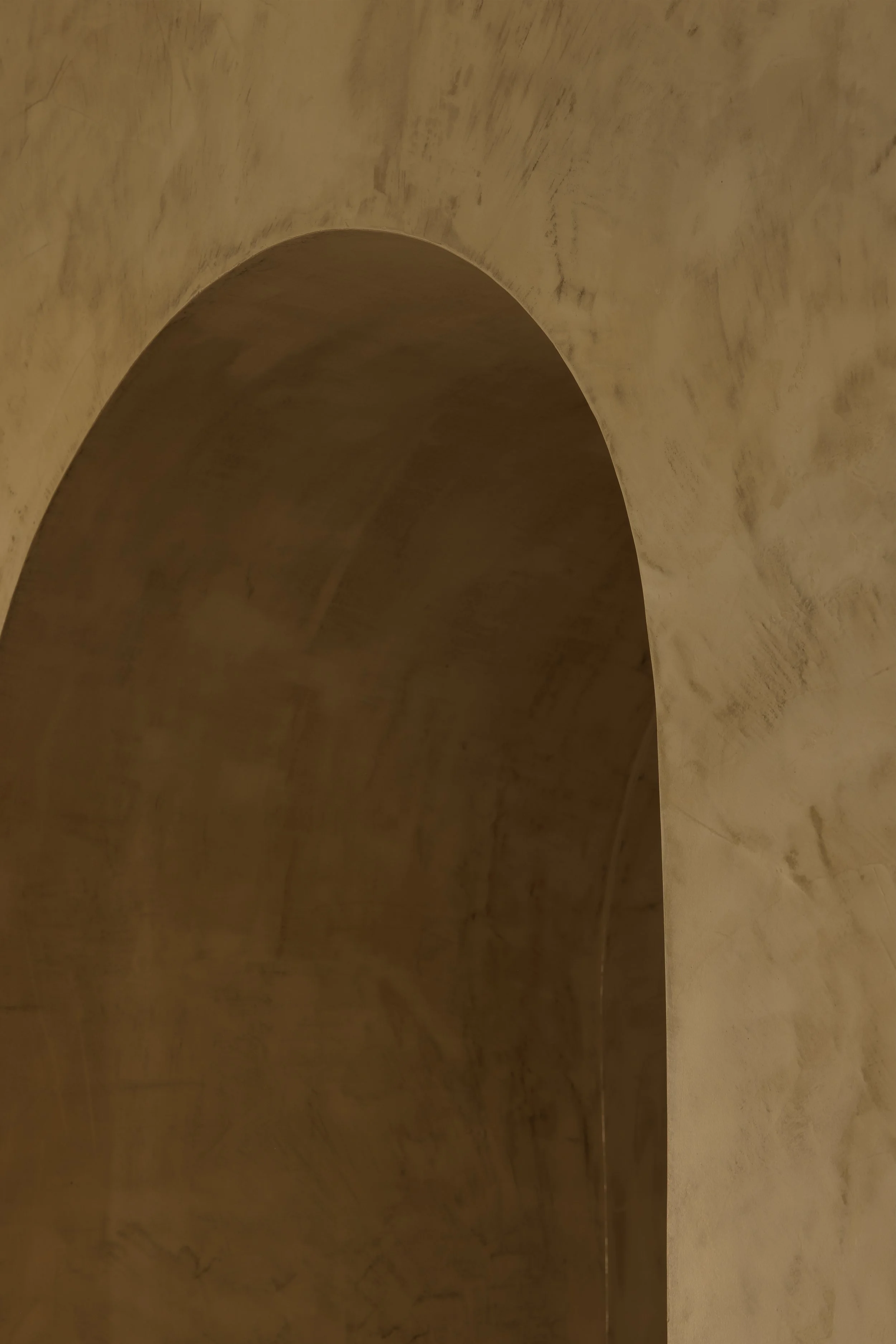What Is Microcement?
Discover the seamless, durable, and versatile surface coating revolutionising modern design projects.
Microcement (also called microtopping, micro concrete, or cementitious coating) is a thin cementitious overlay used to finish floors, walls and joinery. It’s hand‑trowelled at 2-3mm over existing materials — concrete, tiles, plaster, MDF, and more — without the need for their demolition. The result is a seamless, concrete‑like finish with visible trowel texture and colour variation. Our speciality is a product called X-Bond, which is formulated from natural stone and adhesive liquid polymers for the best performance in durability, adhesion, and flex.
More Information:
Why Choose Alt. Surfaces Microcement Installers?




Why X-Bond? The Features & Benefits of Our Microcement
Ultra‑thin yet durable: Only 2–3 mm thick, for minimal height and weight impact on existing surfaces
Seamless, joint‑free surface: No grout or expansion joints* visible, resulting in a sleek minimalist aesthetic (*unless a joint exists already in the substrate)
Remodel almost any substrate: Concrete, tiles, compressed sheeting, brick, plasterboard, MDF, marine ply, laminate and more
Versatile applications: Suitable for internal/external floors, walls, ceilings, joinery, and wet areas
Resilient: Strong and resistant to impacts and wear — ideal for high‑traffic areas
Waterproof: With proper membranes and sealers, suitable for bathrooms, showers, sinks, saunas, steam rooms, facades, balconies, and pool decks
Flexible and low‑crack risk: Liquid polymers lend flexibility that handles minor substrate movement better than rigid concrete
Low maintenance: Sealed surface resists staining and is cleaned with pH‑neutral products
Customisable finishes: Four textures (Luma, Blade, Mineral, Natural Concrete) and ten standard colours or custom tints
Comparisons Between Microcement and Other Materials
Microcement vs. Concrete: What’s the Difference?
Unlike traditional concrete, X‑Bond is ultra‑thin, lightweight, quicker to install, more versatile, and less rigid to reduce cracking risk.
What's the Difference Between Microcement and Venetian Plaster?
Compared to plaster/render, microcement is more versatile and ideal for seamless applications across floors, walls, wet areas, and even outdoor surfaces — decorative plasters are best suited for indoor walls and ceilings with less structural resilience.
Comparison of Microcement vs. Epoxy Flooring
Epoxy resin offers glossy finishes but lacks the textural depth of microcement. It also requires perfectly primed substrates and is not as tactile or natural‑looking.
Common Microcement Applications
Microcement’s versatility allows it to be used across a wide range of surfaces and spaces. Explore its most popular applications below:
Microcement Flooring — Seamless, durable, and ideal for high-traffic areas.
Microcement Walls — A sleek, modern alternative to traditional paint or tiles.
Microcement Bathrooms — Waterproof and mould-resistant for all surfaces including showers.
Microcement Joinery & Furniture — Custom finishes for shelving, tables, seating, and more.
Microcement Kitchens — A heat- and stain-resistant finish from benchtops to rangehoods.
Microcement For Outdoor Spaces — UV-stable and weatherproof external finishes.
Frequently Asked Questions
-
To ensure accuracy in your prising, be sure to send us the: X-Bond finish and colour, area of application, substrate, dimensions, geographic location, and any project plans or drawings. For detailed guidance on specification requirements, please refer to our Specification Guidelines for X-Bond finishes.
-
Yes. X-Bond is hand-trowelled, which means you can expect natural movement, tonal variation, and subtle trowel marks. These characteristics are part of its artisan appeal and contribute to the uniqueness of each application. Each of the four textures in our range achieve a different visual result, so be sure to ask for samples of the finish you’re after.
-
X-Bond is highly durable and does not delaminate like other products might. However, as it’s an overlay system, its performance depends on the stability of the underlying substrate. Significant substrate movement may lead to cracking, which is considered substrate failure beyond our control. We take every precaution during preparation to minimise this risk.
-
No. X-Bond is exclusively supplied to professionals. If you want it in your project and are based in Victoria, you must have it installed by our trained team or another X-Bond applicator to ensure a high-quality, long-lasting result.
-
Installation time varies based on the scope, finish, and site conditions. As a general guide, a 100m² area over concrete typically takes around 5 days, including drying time.
-
Yes! Our surfacing team are also installers of fine stone aggregate overlays, Quartz Carpet and Terradec Permeable Paving. We’re also trained in the application of Concrete Colour Stain, a translucent colour finish for concrete surfaces.




